ALBARDA DE FAENA FOR CHARRA LADY
The albarda charra for women, in its present form, is the result of an interesting evolution throughout history. Its antecedent comes from Europe, where women were forbidden to ride astride, especially in England. Instead, saddles were designed that allowed ladies to ride sideways, with the right leg up and the left leg down, inserting the foot in the stirrup, known in Spain as "amazona". They were even provided with a type of handrail for added support.
These saddles were designed for riding, capable of withstanding the trot of the horse, but not for galloping. The prohibition was so strict that it was said that riding astride could lead to loss of virginity.
It was a visionary Mexican, Don Filemón Lepe, father of Rosita Lepe, the first National Queen, who had the idea of transforming these saddles to create the Mexican version of the saddle, giving rise to what we know today as the albarda, which is used by the skirmishes.
Don Filemón inherited the European way of riding, but modified the design of the shaft, increasing the size of the horns and introducing a third horn. He also made adjustments to the saddle of the charra saddle, reducing the thickness of the arctions and stirrup, similar to the style of the English jumping saddles.
The choice of round and large bastos was made to prevent sweat from staining the dresses. Even in some paintings of the time you can see the European aristocracy riding with elegance, wearing parasols and using this type of albarda. This evolution shows how the albarda charra for women has been shaped by history and culture, resulting in a unique and representative piece of the Mexican equestrian tradition.

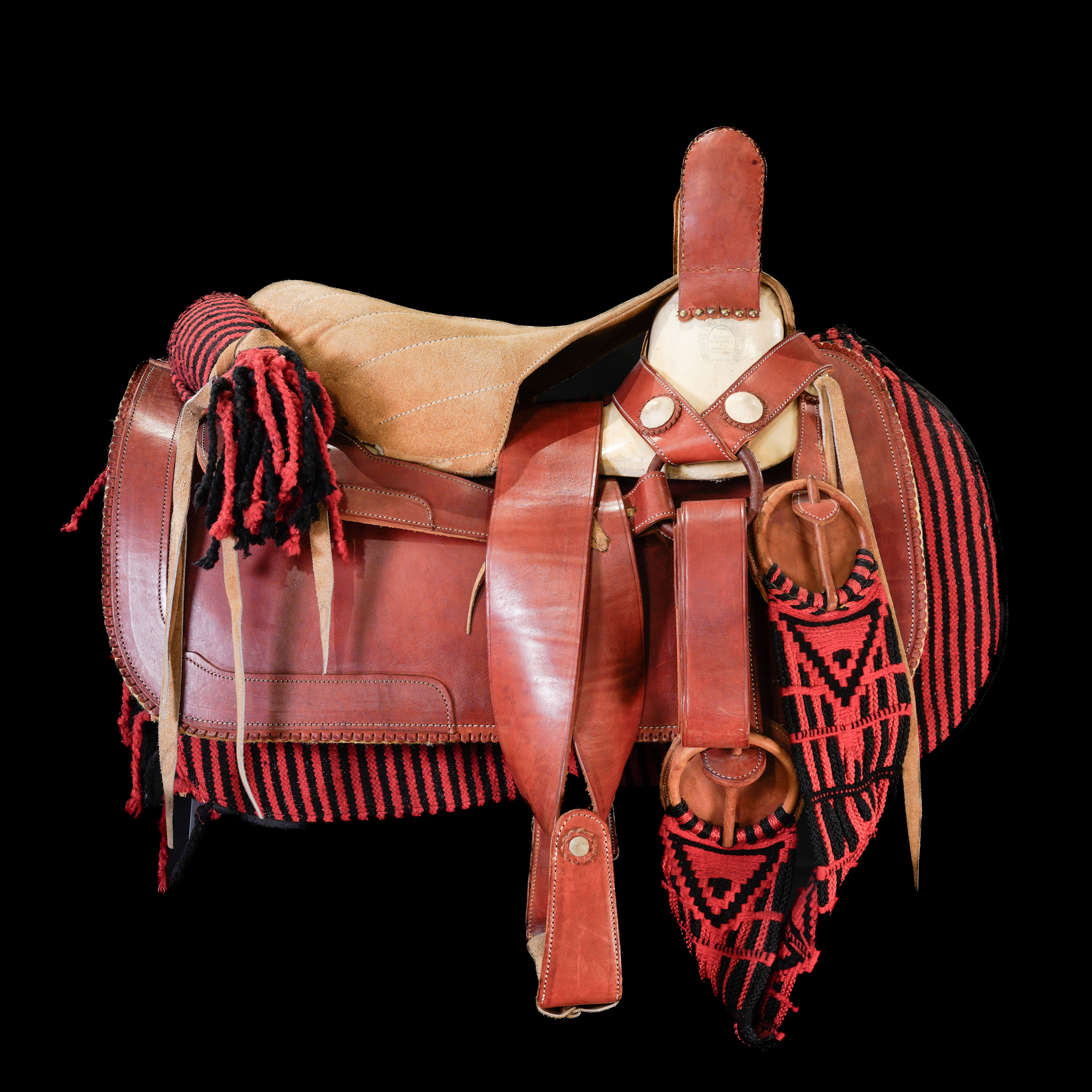
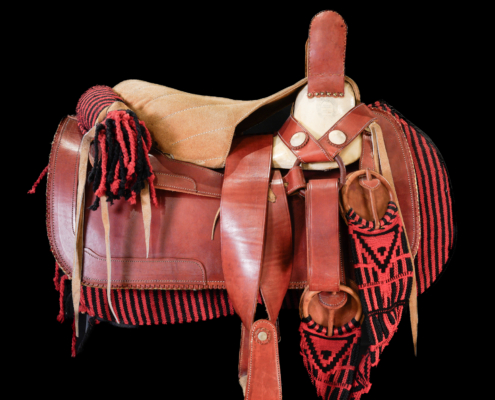
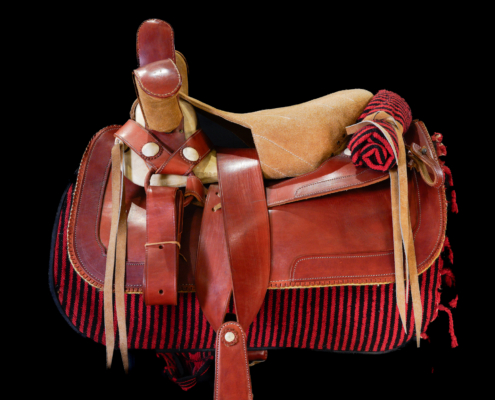
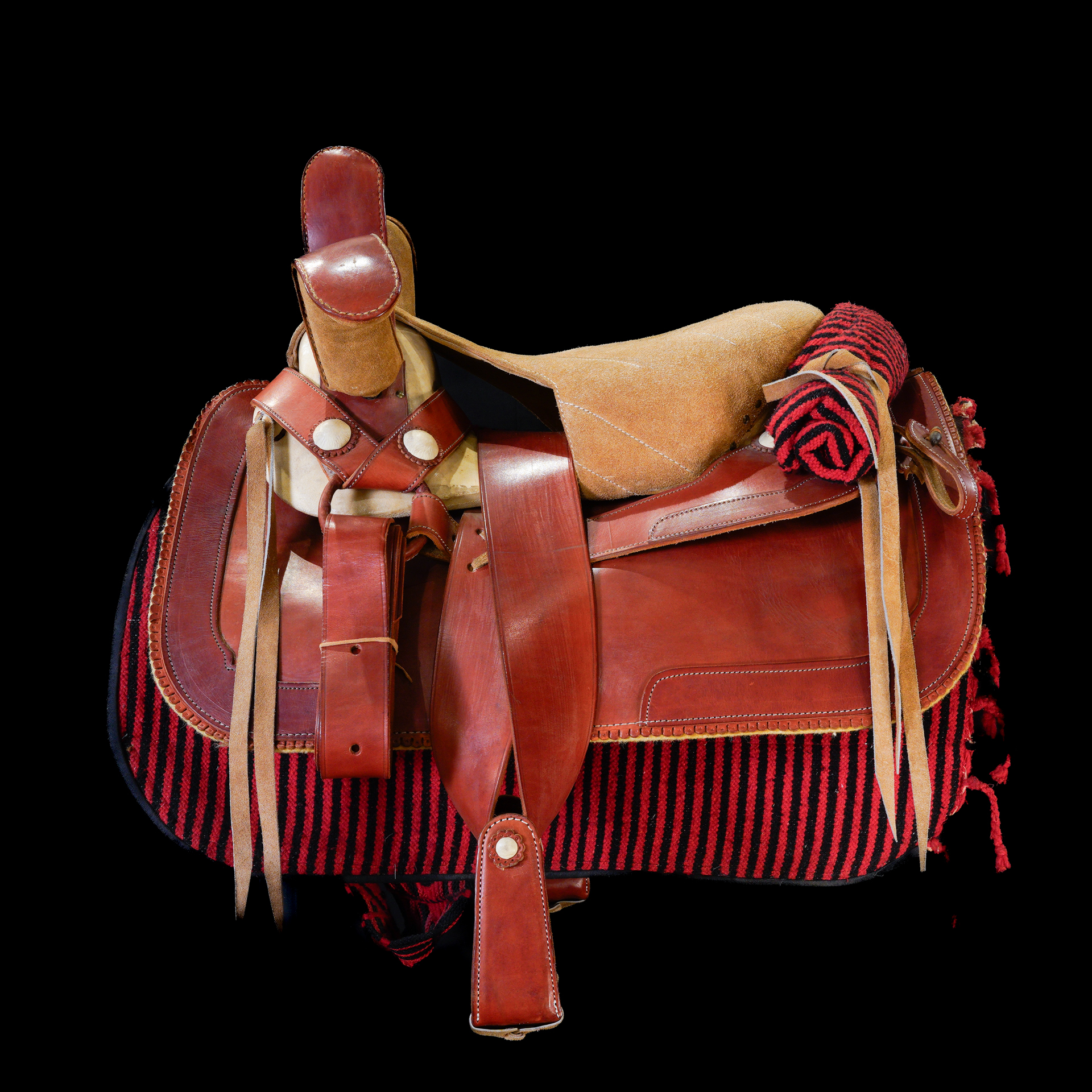
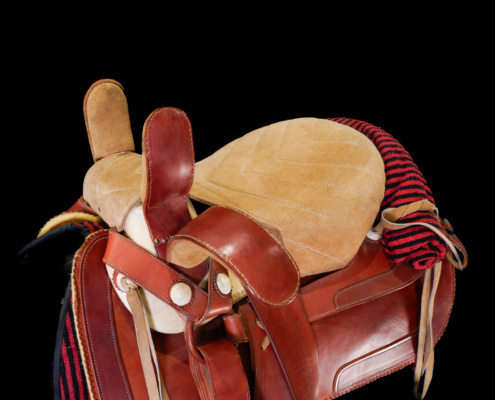
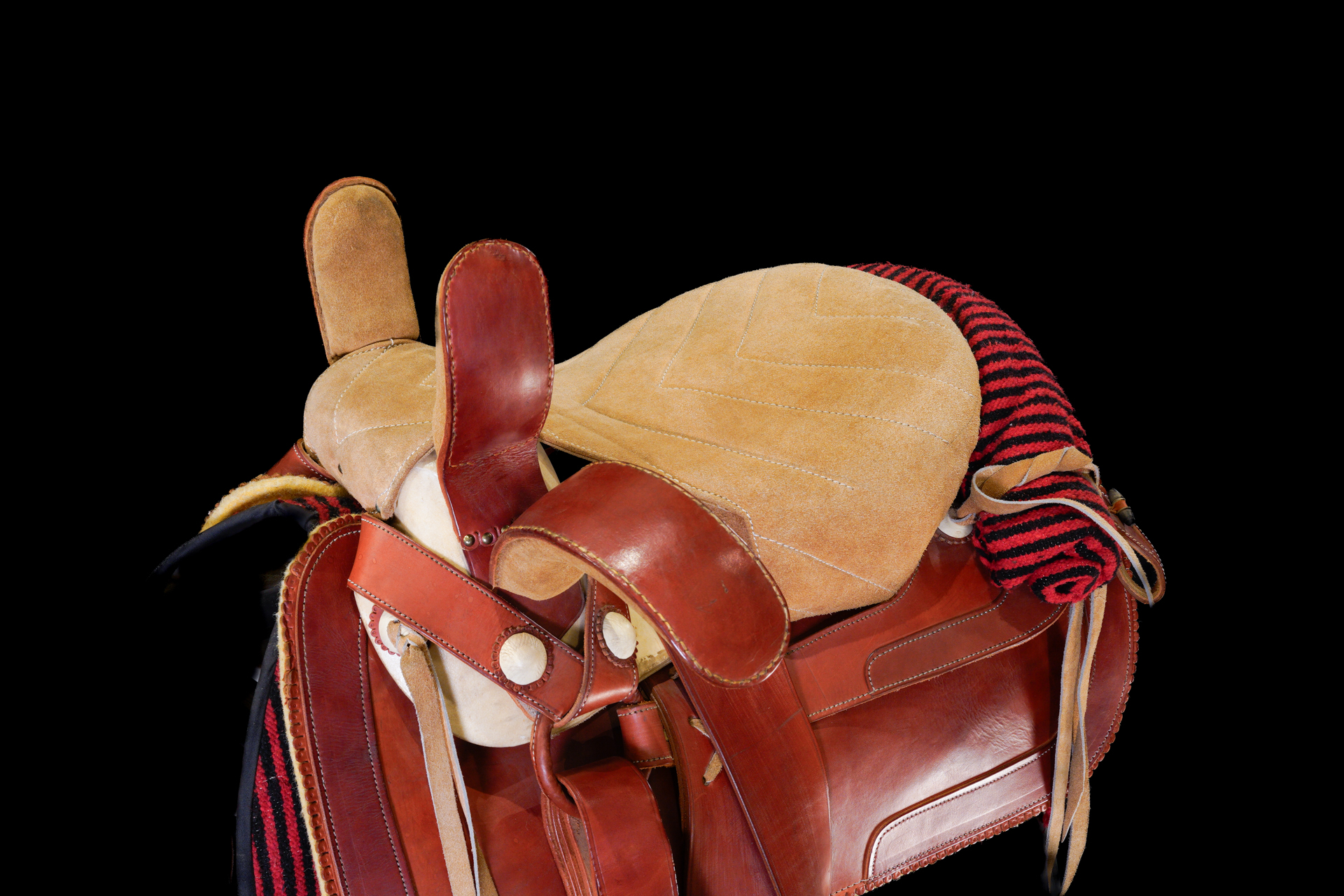
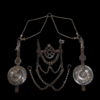
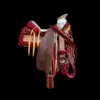
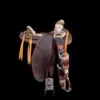
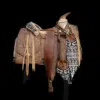
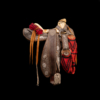



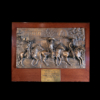
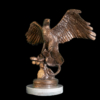
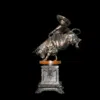

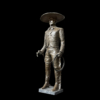
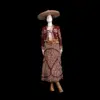
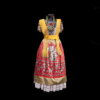

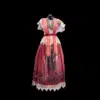 Antonio Gegundez
Antonio Gegundez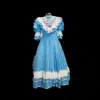
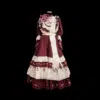
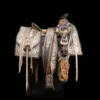
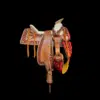
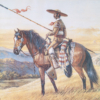


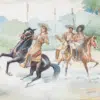

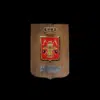
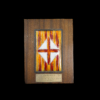


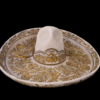

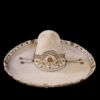
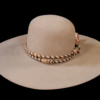

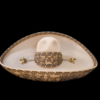
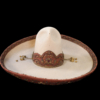

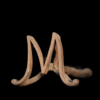

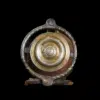

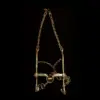



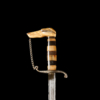 Charrería Museum
Charrería Museum 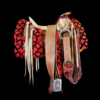 Museo de la Charrería Photo: Antonio Gegundez
Museo de la Charrería Photo: Antonio Gegundez